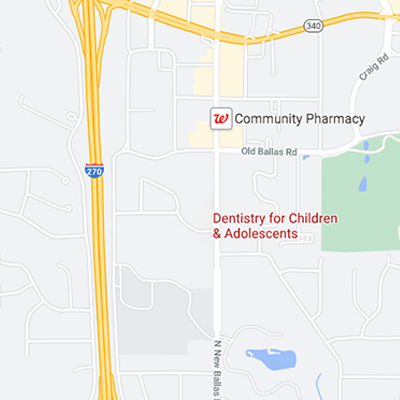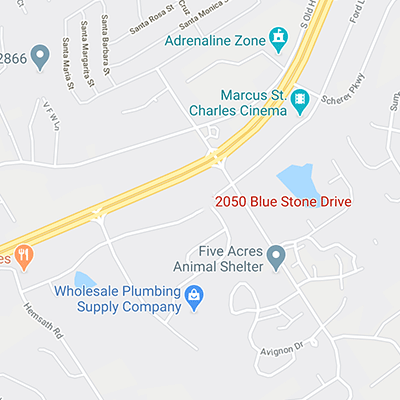Using mouthwash is an effective practice for killing bacteria, removing plaque and loosening bits of food that have gotten stuck in your child’s teeth. But, there are also negative factors to consider about the use of mouthwash.
Many adults use some version of oral rinse, and it’s natural for children to want to emulate their parents or older siblings. The contents that make mouthwash so effective are also the components that can damage your child’s dental health.
It’s vital to remember that tooth development is a sensitive process. To keep that development going safely, know all the facts and really consider if your child is ready to use mouthwash.
Mouthwash Can Be Hazardous
Children from ages 6-12 should only use mouthwash with clear directions on its use and while under adult supervision.
- If a child tries to use mouthwash and doesn’t know how to or isn’t able to spit it back out, the situation could be serious. Mouthwash can contain denatured or methyl alcohol, hydrogen peroxide or menthol.
Effects from ingesting those chemicals can range from an upset stomach to vomiting, or worse.
- A cosmetic consequence of children using mouthwash too early or too often is fluorosis. Fluorosis is the streaking, spotting or pitting of a child’s permanent teeth during development under the gums. It only affects children younger than 8 years old.
Recommended Best Practices
- The best way to evaluate if your child is ready to use mouthwash is to perform a water swish test. Give them a small cup of water and ask them to swish it around their mouth and spit it back out.
If they can successfully complete this test, they might be ready to add mouthwash to their dental care routine.
- Some older children may want to start using mouthwash as another way to keep their teeth clean around their braces. If they can perform the water swish test, then it’s OK to let them use mouthwash.
- Tell your child not to use mouthwash right after they brush their teeth. Doing so rinses any fluoride from toothpaste off their teeth. Instruct your child to let the fluoride from toothpaste do its job, even if they use a fluoride mouthwash.




